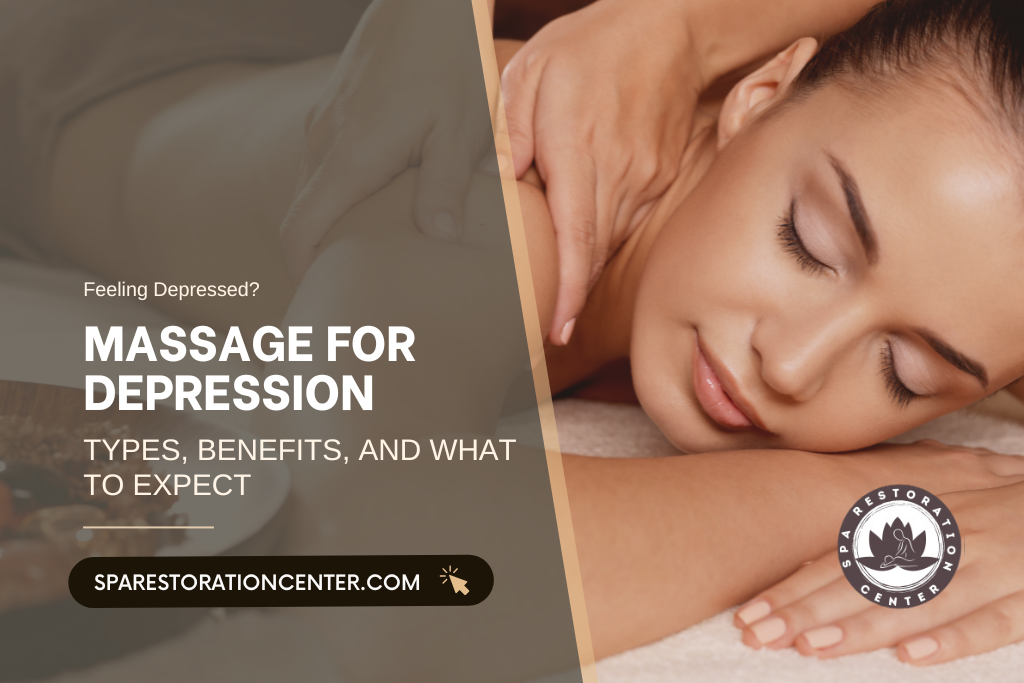
Massage for Depression: Types, Benefits, and What to Expect
Massage therapy is not just relaxation.
It involves the manipulation of soft tissues of the body, a tactile and hands-on approach. These are muscles, connective tissues, tendons, and ligaments.
Which is the critical part? It definitely can influence your mind.
Your body reacts too when the being you live with is depressed. You may feel tightness, sluggishness, or even soreness in your body.
The nervous system sends signals to the body; after a period of sensation overload, it relaxes, which leads to lower cortisol (the stress hormone) and an increase in your feel-good brain chemicals: serotonin and dopamine.
Studies show massage for depression benefits mental health. Research consistently demonstrates that it:
- Lower anxiety and stress
- Improve sleep
- Boost mood and energy
- Reduce physical pain and tension
This suggests that massage may help support emotional balance.
In short, it’s a natural, drug-free way to support your mental health alongside psychotherapy, medication, or other treatment options.
Why Massage Therapy Helps with Depression
Here’s why massage is more than a luxury; it’s a legitimate mental health tool.
Depression isn’t just in your head. It often affects your entire body. Your muscles tense up. You may breathe shallowly. You feel disconnected. Touch helps reconnect you to your body in a calming, non-verbal way.
Massage works by:
- Slowing your heart rate and calming you down by activating your parasympathetic nervous system.
- Lowering levels of cortisol, hence lowering the symptoms of stress and anxiety.
- Helps stabilize mood and relieve depression by increasing serotonin and dopamine.
- Enhancing blood circulation, which increases energy and alleviates fatigue.
A review of the literature in Best Practice and research clinical obstetrics found that massage therapy in depressed people, including pregnant women and those with postpartum depression, showed a significant decrease in depressive symptoms.
Best Types of Massage for Depression
Different styles of massage offer different benefits. Here are some of the most effective types of massage therapy for treating depression:
1. Swedish Massage
This is the most popular type of massage therapy.
Why it helps:
- Soothes the nervous system
- Relaxes tense muscles
- Enhances circulation
- Promotes deep relaxation
Perfect for people with depression who are new to massage or sensitive to touch.
2. Deep Tissue Massage
This style goes deeper into the muscle layers. It’s ideal for those who carry physical stress, especially in the shoulders, neck, or back.
Why it helps:
- Breaks up muscle knots
- Releases stored physical tension
- Increases endorphins
This type of massage therapy may help individuals who experience depression as physical heaviness or pain.
3. Shiatsu (Japanese Massage)
A Japanese massage technique using finger pressure on energy points.
Why it helps:
- Balances energy flow
- Targets emotional imbalances
- Stimulates the body’s self-healing
A good option for those seeking a meditative and therapeutic massage experience.
4. Aromatherapy Massage
Uses essential oils during the session.
Why it helps:
- Certain oils (like lavender or bergamot) boost mood.
- Combining smell and touch for a deeper, calming effect
This massage could benefit sensory-sensitive people or those with anxiety symptoms.
5. Reflexology
Focuses on pressure points in the feet, hands, and ears.
Why it helps:
- Triggers whole-body responses through nerve endings
- Helps people who are uncomfortable with a full-body massage
Especially helpful for trauma survivors or those with perinatal depression.
6. Hot Stone Massage
Uses warm stones placed on key points of the body to enhance relaxation.
Why it helps:
- Releases tension
- Improves blood flow
- Offers gentle pressure without intense kneading
A good option for those with anxiety and depression.
7. Chair Massage
A quick, clothes-on massage, often done in offices or clinics.
Why it helps:
- Increases circulation
- Reduces neck and shoulder tension
- Makes massage accessible and less intimidating
It can be useful for people with depression or anxiety disorders who are new to touch therapy.
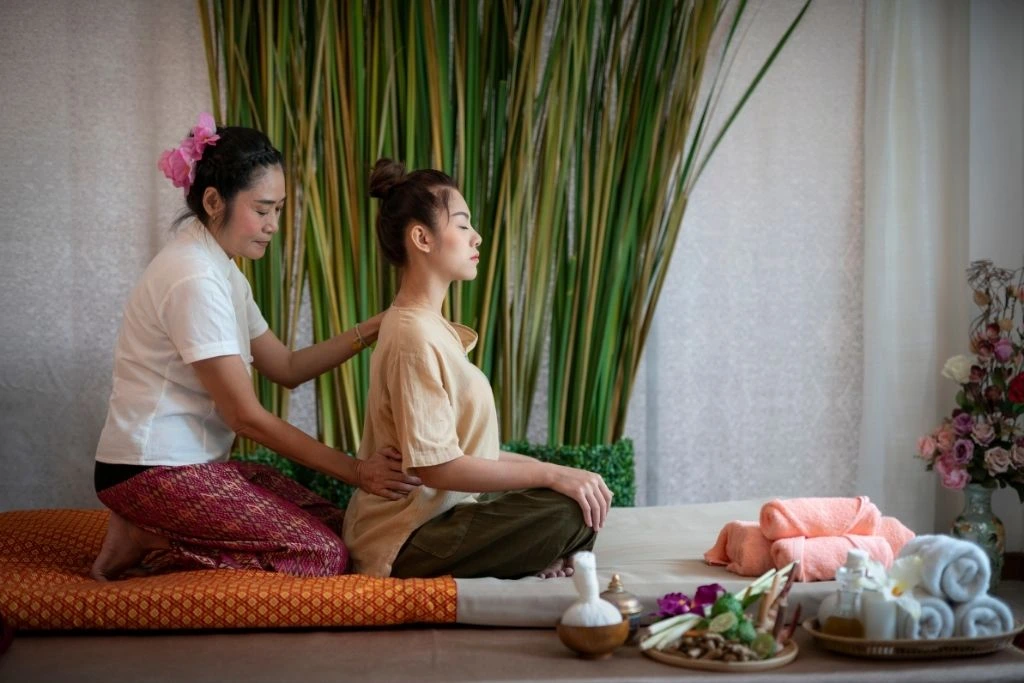
Benefits of Massage Therapy for Depression
Massage is not a magic cure, but it can be an effective form of supportive therapy. More research is emerging to assess the treatment effects of massage therapy.
Here’s what you can expect:
| Benefit | How It Helps |
| Reduces Anxiety | Lowers cortisol and boosts calm-inducing hormones |
| Improves Sleep | Helps regulate sleep cycles and reduce insomnia |
| Boosts Mood | Stimulates dopamine and serotonin production |
| Relieves Physical Pain | Reduces tension headaches, back pain, and muscle tightness |
| Increases Energy | Improves circulation and oxygen flow |
| Improves Body Awareness | Reconnects you with your physical self |
| Encourages Self-Care | Promotes relaxation and taking time for healing |
Massage therapy can help individuals feel more grounded, supported, and cared for. It helps with both the physical and mental health aspects of depression.
What to Expect During a Massage Session
Feeling nervous? Here’s a quick walkthrough:
- Intake & Conversation: You are going to quickly discuss your health, both physically and emotionally. You may be asked about symptoms of anxiety or depression, or about the reasons for the massage, by a massage therapist.
- Comfort Is Key: You will lie on a massage table, fully clothed or naked, depending on your comfort level, covered by a blanket. You are actually the boss; the masseuse may apply different pressures depending on your comfort.
- Quiet and Calm: Some soft music, muted lighting, and even aromatherapy will set the mood and help make a serene environment.
- Pressure Adjusted to You: Like more attention on your shoulders? Say so. Don’t like deep pressure? Let them know. Communication is vital for the effectiveness of massage.
- Post-Session Effects: You might feel sleepy, peaceful, or energized. Following massage therapy, drink water and give your body time to reset.
How Often Should You Get a Massage for Depression?
There’s no universal rule. However, here’s a general guideline:
- Mild symptoms: Once a month
- Moderate symptoms: Every 2–3 weeks
- Severe symptoms: weekly sessions
Consistency matters. Massage should be like maintaining your brain.
When combined with a therapist or a health or mental health professional, massage can aid people with depression.
Is Massage Therapy Safe for Everyone?
In most cases, yes. But consult a doctor if you:
- Experience depression or anxiety with other medical issues
- Are in treatment for trauma, PTSD, or major anxiety disorders
- Have nerve or muscle conditions
Massage is a complementary therapy, not a stand-alone treatment. Use massage as part of a broader treatment plan.
Massage, compared to conventional treatment, shows promising results when incorporated responsibly.
Tips for Making the Most of Your Massage
Want to get the best results? Follow these tips:
- Communicate; Share how you feel emotionally and physically.
- Hydrate: Water helps flush toxins post-massage.
- Breathe: Deep, slow breathing helps relax your body and mind.
- Unplug: Silence your phone and stay present.
- Follow Up: Track your mood and body responses over time.
Understanding how massage supports your healing can increase the value of massage therapy in your life.
Final Thoughts: Healing Isn’t Always Linear, But Touch Helps
Massage therapy may not cure depression overnight. But the effect of massage therapy has been shown to bring lasting benefits.
Whether it’s helping women with depression, pregnant women experiencing perinatal depression, or anyone managing feelings of depression and anxiety, therapies such as massage offer relief.
The positive impact of massage therapy is especially clear when combined with psychotherapy and other treatments. The efficacy of massage therapy is backed by a growing body of research, including ratings of anxiety and depression improvement.
So, whether it’s a single massage or part of an ongoing therapy for depression, it may be a healing and validating experience.
Massage therapy not only relaxes you, but it can also affect your stress, mood, and overall well-being even once your session is over. Massage can help you come back to your body when added to your treatment plan.
Explore what massage therapy works for you, from reflexology to Swedish massage. Allow the masseur to accompany you.
Healing starts with one touch and the decision to care for yourself.
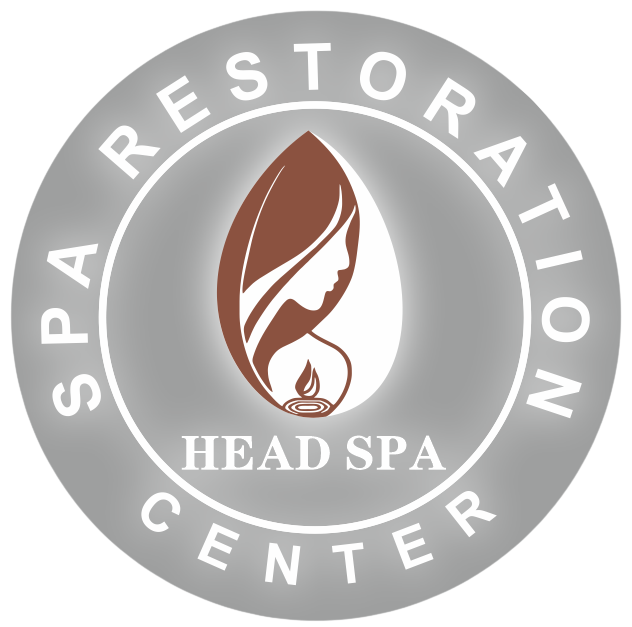
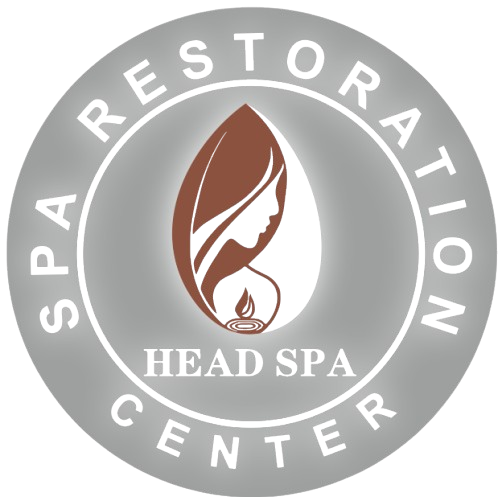
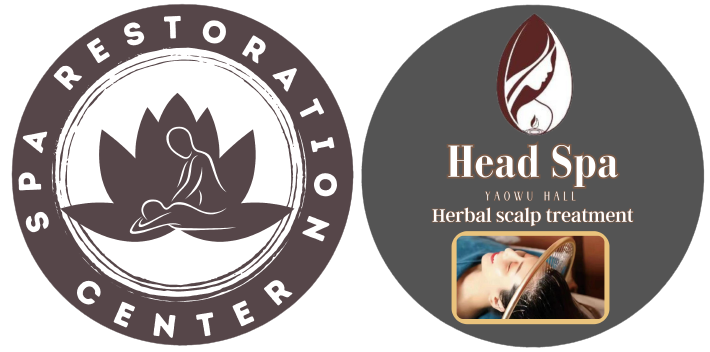
Leave a comment